5 of the Most Exotic and Dangerous Places to Ice Fish
Daniel Xu 12.09.14
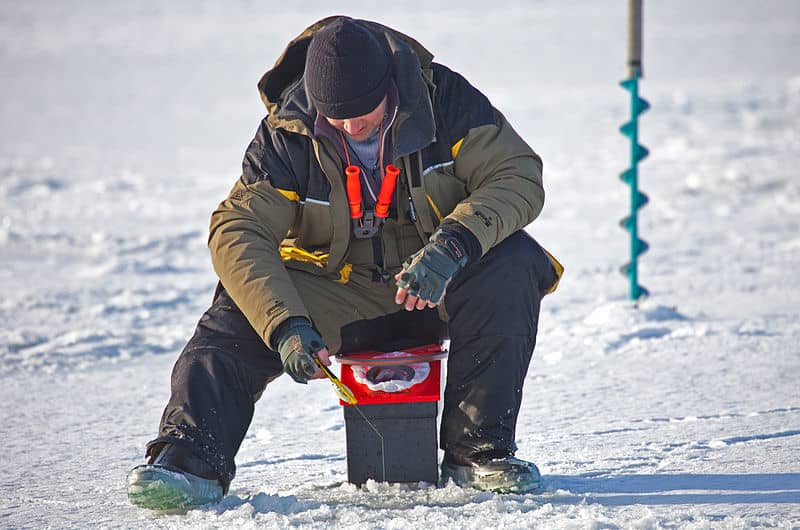
Every year as winter arrives, dedicated men and women eye their favorite fishing hole for signs of ice cover. Most ice fishermen will tell you that fishing for perch, trout, or crappie during the winter months can be great fun and safe for the family, but they will always end with a caveat: no ice is 100 percent safe. State wildlife departments will advise you to practice good safety awareness and preparation before hitting the ice, as well as the age-old warning about thin ice. You need at least four inches of ice to walk on foot, five inches to use a snowmobile, and 12 inches or more for a vehicle. Two inches or less: stay off. For the places on this list, however, the danger is not only in how thick the ice is, but the remoteness of the location, the temperamental behavior of the ice, and perhaps even other factors such as disease or radiation. Of course, with the proper precautions, many anglers enjoy these locations and have done so for thousands of years.
1. Gulf of Riga, Latvia
This bay in the Northern European nation of Latvia is a popular fishing spot for locals, and generally as safe for ice fishing as any other location in the world. However, Riga has also earned a reputation for its fast-moving ice, and changes in temperature or wind can have dramatic consequences for anglers. Last year, an army of state fire and rescue service members mobilized to rescue more than 220 people trapped on ice floes in the gulf. The operation involved a number of navy ships, civilian boats, and helicopters as rescue workers attempted to reach all of the anglers, many of whom had drifted far away from shore. In addition, the massive rescue operation was frustrated by bad weather and high waves, but thankfully there were no deaths as a result of the ice breakup.
Riga officials told reporters that rescues—on a much smaller scale—were not uncommon.
See a news report of the 2013 rescue operation below:
http://youtu.be/sPCcDTto264
2. Lake Baikal, Russia
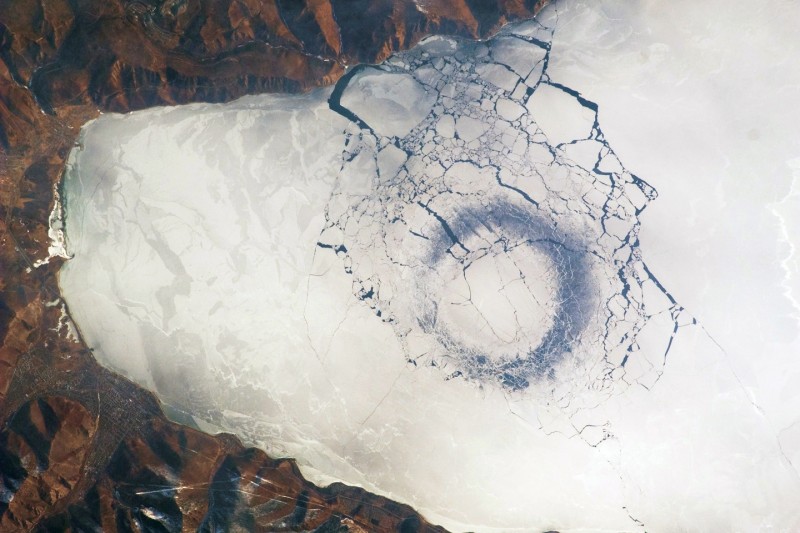
This Siberian lake is the one of the oldest and deepest in the world, and is the largest lake in the world by volume. In fact, Lake Baikal contains roughly 20 percent of all of the world’s unfrozen freshwater. The ice here is so clear that you might mistake it for glass.
Many of the favorite fishing spots here are remote and far away from any rescue services. Local ice fishermen fish heavily for omul, a whitefish species that is considered a specialty in the region. Lake Baikal is home to thousands of unique species found nowhere else in the world, but local anglers favor the omul for its meat—which is often salted—and roe. A popular delicacy involves eating fresh-caught omul roe barehanded with salt and vodka. You will have to do it fast, though, the bitterly cold conditions means that the roe will freeze quickly.
“In these conditions the fish and its eggs freeze within one minute of being out of the water,” wrote The Guardian columnist and photographer Philip Lee Harvey, who spent some time among the ice fishermen of Lake Baikal. “Take too long and you’ve missed your chance, not to mention wasted one of life’s few pleasures out here on the ice.”
The Baikal region also holds another danger: tick-borne encephalitis. This highly infectious Siberian disease is actually found in the forests surrounding Baikal and travelers are often vaccinated for the disease. Once contracted, encephalitis can cause any number of symptoms, such as muscle aches, inflammation of the brain, fever, and even eventually death.
3. Chernobyl (Kiev Reservoir), Ukraine
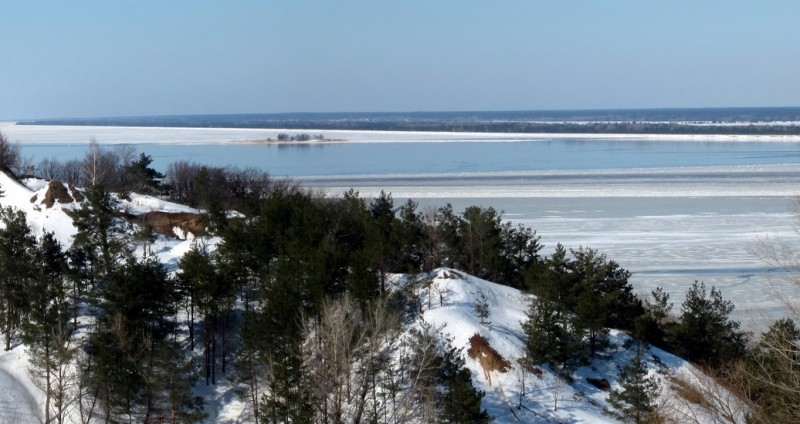
In 1986, the Chernobyl nuclear reactor disaster caused the evacuation of 115,000 from the most contaminated areas, and a further 220,000 residents in the following years. The accident contaminated a large swath of the Belarus, Russia, and Ukraine. People have since moved back into parts of the region and the town of Chernobyl actually attracts a modest stream of tourists, although a 30-kilometer exclusion zone called the Zone of Alienation still prevents most people from visiting the plant itself. Visitors are told not to drink, eat, smoke outside, or even touch any vegetation. Yet not too far away, anglers are fishing out of holes in the Kiev Reservoir, the same reservoir believed to have been badly contaminated with radionuclides in the silt. In fact, some scientists say that should the Dnieper River dams fail or be drained, radioactive dust could sweep across Europe.
It doesn’t seem to bother a few hardcore anglers, however.
4. The Arctic
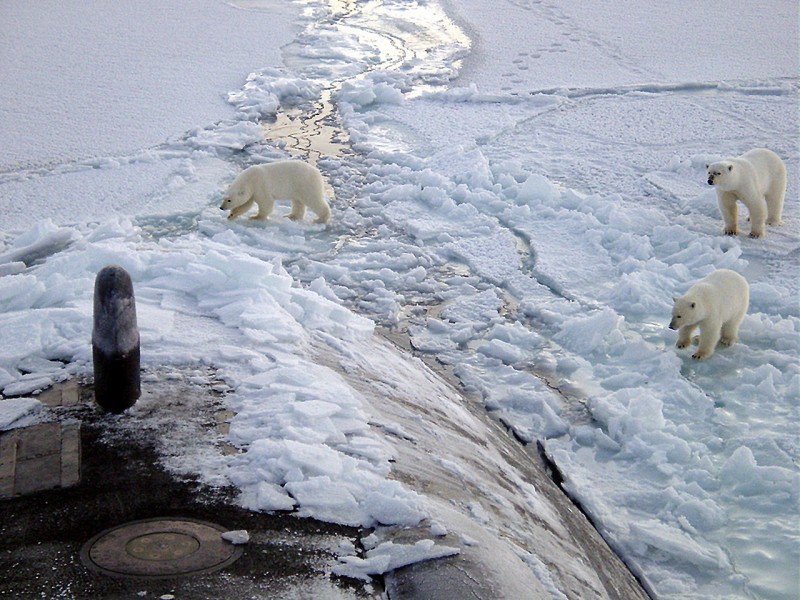
This entry is by far the broadest, can include anywhere from the traditional fishing grounds of the Nenets people of far northern Russia, the Arctic regions inhabited by the Inuit people, or World Heritage sites such as Ilulissat in Greenland. These remote and often dangerous places to ice fish have nonetheless been in use for many generations. For those who rely on subsistence fishing here, catching fish is more than just recreation, it is a way of life.
See how Arctic fishermen use traditional methods to catch fish in the video below.
5. The Great Lakes
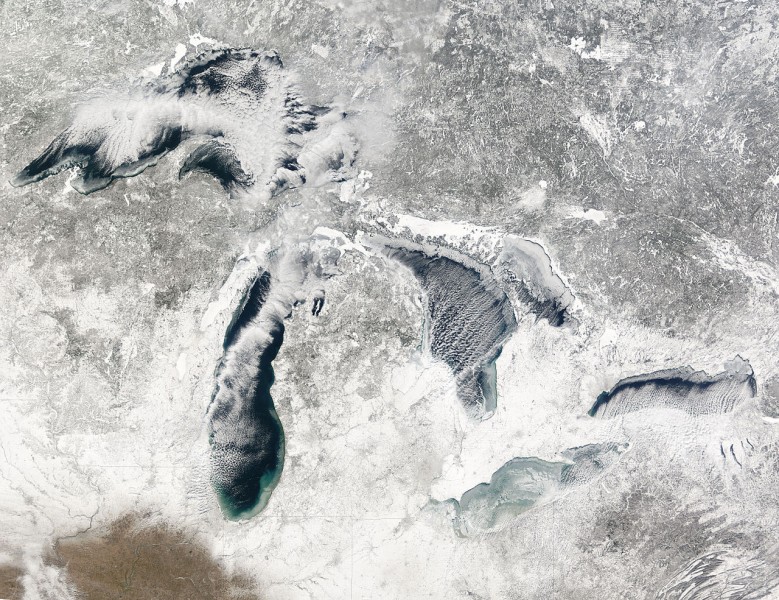
Residents of the Great Lake states may be surprised to find this entry on the list. To those who grew up next to Lakes Superior, Michigan, Huron, Erie, or Ontario, there might not be anything especially exotic about these bodies of water. To those who come to the Great Lakes for the first time, however, they are a unique marvel. The Great Lakes are the largest system of freshwater lakes anywhere on earth. Lake Superior, the largest and deepest of the five, is considered the largest continental lake by area of anywhere in the world. It is also the coldest in North America.
The Great Lakes are also one of the most popular places for ice fishermen, and it is little surprise why. Last winter the lakes saw an ice coverage of more than 92 percent, which meant good news for not only anglers but also those adventurous enough to explore the ice caves along the shores of Lake Superior. However, the lakes have a more dangerous side as well. Rescue services are routinely called out to aid trapped anglers. Western Lake Erie and other spots are especially unsafe due to strong currents that can easily cause the ice to move. In 2009, the Coast Guard mobilized to rescue more than 135 ice fishermen when ice floes began to drift away from Lake Erie’s shoreline. Using a combination of airboats, ships, and helicopters, rescuers were able to safety evacuate nearly all of the fishermen. Tragically, one man died where he fell through the ice while searching for way to get back to shore.
It just goes to show that the danger is not always in an exotic locale on the opposite end of the world. Be safe, be prepared, and enjoy your time on the ice.

